We use affiliate links. If you purchase something using one of these links, we may receive compensation or commission.
Gardening is a rewarding and fulfilling hobby that can be enjoyed by people of all ages and skill levels. Whether you have a small balcony or a large backyard, there are plenty of ways to get started with gardening. In this article, I will provide an introduction to gardening basics and offer some tips for beginners.
Disclaimer: Perky Dove Coffee is a participant in the Amazon Services LLC Associates Program, an affiliate advertising program designed to provide a means for sites to earn advertising fees by advertising and linking to Amazon.com. Some of the coffee brands mentioned in our blogs may contain affiliate links, which means that if you click on one of the product links, we may receive a small commission. This helps support us and allows us to continue to find great deals for our online customers. We only recommend products that we genuinely believe in and have personally tried. Thank you for your support!
The Vegetable Garden Pest Handbook: Identify and Solve Common Pest Problems on Edible Plants - All Natural Solutions!
First and foremost, it’s important to understand the benefits of
Before getting started with
Understanding Soil
As a gardener, it’s important to understand the soil in which you’ll be planting your crops. Soil is the foundation of any successful garden, and knowing how to work with it can make all the difference in the health and productivity of your plants.
Grenebo Gardening Tools 9-Piece Heavy Duty Gardening Hand Tools with Fashion and Durable Garden Tools Organizer Handbag, Rust-Proof Garden Tool Set, Ideal Gardening Gifts for Women
Soil Types
There are three main types of soil: clay, sand, and loam. Clay soil is dense and heavy, and can be difficult to work with. Sand soil is loose and drains quickly, which can lead to dryness and nutrient depletion. Loam soil is a combination of clay, sand, and organic matter, and is considered the ideal soil type for
Soil Preparation
Before planting, it’s important to prepare the soil. This includes removing any weeds or debris, breaking up any clumps of soil, and adding organic matter such as compost or aged manure. This will help improve soil structure, increase nutrient availability, and promote healthy plant growth.
Soil pH and Nutrients
Soil pH is a measure of the acidity or alkalinity of the soil, and can greatly affect plant growth. Most plants prefer a slightly acidic soil with a pH between 6.0 and 7.0. Testing your soil pH can be done using a soil testing kit, which can be purchased at most garden centers.
In addition to pH, soil also needs nutrients to support plant growth. The three main nutrients that plants require are nitrogen, phosphorus, and potassium. These can be added to soil using fertilizers or organic matter such as compost or manure.
By understanding soil types, preparing the soil properly, and ensuring the correct pH and nutrient levels, you can create a healthy and productive garden.
The Vegetable Garden Pest Handbook: Identify and Solve Common Pest Problems on Edible Plants - All Natural Solutions!
Garden Planning
As a gardener, planning is the most crucial step to ensure a successful and productive garden. Here are some key considerations to keep in mind when planning your garden.
Choosing the Right Plants
When selecting plants for your garden, it’s essential to choose varieties that will thrive in your climate and soil conditions. Consider the amount of sunlight and shade your garden receives and choose plants that will grow well in those conditions. It’s also important to choose plants that are suited to the size of your garden. Larger plants may not be suitable for a small garden, while smaller plants may not have the desired impact in a larger garden.
Garden Design Principles
Designing your garden requires careful planning and attention to detail. Consider the overall look and feel you want to achieve and choose plants that will complement each other in color, texture, and height. Use design principles such as repetition, balance, and contrast to create a cohesive and visually appealing garden. Incorporate hardscaping elements such as paths, walls, and garden beds to add structure and interest to your garden.
Seasonal Considerations
Different plants have different growing seasons, and it’s important to plan your garden accordingly. Consider the length of your growing season and choose plants that will thrive during that time. It’s also essential to plan for the changing seasons, including fall and winter. Consider planting fall-blooming flowers and shrubs, as well as evergreens and other plants that will provide winter interest in your garden.
In conclusion, garden planning is a critical step in creating a successful and productive garden. By choosing the right plants, incorporating design principles, and considering seasonal factors, you can create a beautiful and thriving garden that will bring you joy for years to come.
Planting Techniques
Sowing Seeds
When sowing seeds, it is important to read the seed packet instructions carefully. Some seeds require soaking or scarification before planting. I usually use a seed tray, filling each cell with a good quality seed compost. Then, I make a small hole in the center of each cell, drop in the seed, and cover it with compost. I then label the tray with the plant name and the date of sowing. Water the tray gently and place it in a warm, bright spot.
Transplanting Seedlings
When the seedlings are big enough to handle, I transplant them into individual pots. I use a good quality potting compost and a pot that is slightly larger than the one the seedling is currently in. I carefully remove the seedling from its current pot, trying not to damage the roots, and plant it in the new pot. I then water it gently and put it in a bright spot.
Spacing and Depth
When planting seedlings or mature plants, it is important to space them correctly. Overcrowding can lead to poor growth and disease. The spacing requirements can be found on the seed packet or plant label. It is also important to plant at the correct depth. Planting too shallowly can lead to the plant drying out, while planting too deeply can cause the plant to rot. The planting depth requirements can also be found on the seed packet or plant label.
Remember to water your plants regularly and provide them with the correct amount of sunlight. With these planting techniques, you’ll be on your way to a successful garden in no time!
Watering and Irrigation
Watering Basics
As a gardener, one of the most important tasks is to ensure that your plants receive adequate water. The amount of water required depends on various factors such as the plant type, soil type, and weather conditions. Generally, plants need about an inch of water per week. However, it is essential to avoid overwatering as it can lead to root rot and other problems.
To ensure that your plants get the right amount of water, it is important to water deeply and infrequently. This means that you should water the plants thoroughly, allowing the water to penetrate the soil deeply, rather than giving them a light sprinkle every day. It is also important to water the plants early in the morning or late in the evening to prevent evaporation.
Irrigation Systems
One of the easiest ways to ensure that your plants receive adequate water is to install an irrigation system. There are various types of irrigation systems available, such as drip irrigation, soaker hoses, and sprinkler systems. Drip irrigation is the most efficient as it delivers water directly to the roots of the plants, reducing water wastage.
Soaker hoses are another popular option as they allow water to seep slowly into the soil, reducing runoff and evaporation. Sprinkler systems are less efficient as they can lead to water wastage due to evaporation and runoff. However, they are suitable for larger gardens.
Conserving Water
Conserving water is essential, especially in areas with limited water resources. There are various ways to conserve water in your garden, such as using mulch, which helps to retain moisture in the soil. It is also important to choose drought-tolerant plants that require less water.
Another way to conserve water is to collect rainwater in a barrel or container. This water can be used to water your plants, reducing your reliance on municipal water. Finally, it is important to fix any leaks in your irrigation system as soon as possible to prevent water wastage.
Fertilizing and Mulching
Types of Fertilizers
When it comes to fertilizers, there are two main types: organic and synthetic. Organic fertilizers are made from natural materials, such as compost, animal manure, and bone meal. They are slow-release fertilizers that provide nutrients to the soil over time. Synthetic fertilizers, on the other hand, are made from chemical compounds and provide an immediate boost of nutrients to the plants.
Application Methods
There are several ways to apply fertilizers, such as broadcasting, side-dressing, and foliar feeding. Broadcasting involves spreading the fertilizer evenly over the soil surface. Side-dressing involves placing the fertilizer in a band alongside the plants. Foliar feeding involves spraying the fertilizer directly onto the leaves of the plants. The method you choose will depend on the type of fertilizer and the plants you are fertilizing.
Benefits of Mulching
Mulching is the process of covering the soil with a layer of organic or inorganic material, such as leaves, straw, or plastic. Mulching has several benefits, including conserving moisture, suppressing weeds, and regulating soil temperature. Organic mulches also break down over time, adding nutrients to the soil.
In conclusion, fertilizing and mulching are essential practices in
Pest and Disease Control
Common Pests
As a gardener, I know that pests can be a major problem in any garden. Common pests such as aphids, spider mites, and whiteflies can cause significant damage to plants. Aphids can be controlled by spraying plants with a strong stream of water or by using insecticidal soap. Spider mites can be controlled by spraying plants with a mixture of water and dish soap. Whiteflies can be controlled by using sticky traps or by introducing natural predators like ladybugs.
Disease Prevention
Preventing disease in the garden is essential to keeping plants healthy. One of the best ways to prevent disease is to keep the garden clean and free of debris. Regularly remove dead leaves and other plant debris from the garden. Additionally, avoid overwatering plants, as this can lead to fungal growth. If you notice signs of disease, such as yellowing leaves or spots on the leaves, remove the affected plants immediately to prevent the spread of the disease.
Organic Control Methods
Organic control methods are a great way to control pests and diseases without using harmful chemicals. One effective method is companion planting, which involves planting certain plants together to repel pests and attract beneficial insects. For example, planting marigolds near tomatoes can help repel aphids. Additionally, using natural pest control products like neem oil and diatomaceous earth can help control pests without harming beneficial insects.
Pruning and Maintenance
Pruning Techniques
As a gardener, I understand the importance of pruning to maintain the health and beauty of plants. Pruning is the process of removing dead, damaged, or diseased parts of a plant. It is also used to shape the plant, promote growth, and improve its overall appearance.
There are several pruning techniques that I use depending on the type of plant and the desired outcome. For example, I use the heading cut technique on shrubs to encourage new growth, while I use the thinning cut technique on trees to remove unwanted branches. It is important to use sharp, clean tools when pruning to prevent damage to the plant.
Weeding
Weeding is an essential part of
To effectively weed, I use a combination of hand weeding and hoeing. Hand weeding involves manually removing weeds by pulling them out of the ground. Hoeing involves using a tool to cut the weeds at the base, which prevents them from regrowing. It is important to weed regularly to prevent the weeds from spreading and taking over the garden.
Seasonal Upkeep
Seasonal upkeep is an important aspect of
In the spring, I focus on planting and fertilizing. In the summer, I water and mulch to conserve moisture and prevent weeds from growing. In the fall, I prepare the garden for winter by removing dead plants and adding compost. In the winter, I focus on protecting the garden from frost and snow by covering delicate plants and using frost blankets.
By following these pruning and maintenance techniques, I am able to keep my garden healthy and beautiful year-round.
Harvesting and Storing
Harvesting Tips
When it comes to harvesting, timing is everything. I always recommend harvesting in the morning when the plants are still cool and hydrated. This helps to preserve the flavor and nutrients of the vegetables. It’s important to harvest regularly to encourage more growth and prevent over-ripening.
Here are some tips for harvesting specific vegetables:
- Tomatoes: Pick them when they’re fully ripe and have a deep color. They should be slightly soft to the touch.
- Peppers: Harvest them when they’re fully grown and have a glossy, firm skin.
- Lettuce: Cut the outer leaves when they’re large enough to eat, leaving the center leaves to continue growing.
- Carrots: Pull them out of the ground gently, making sure not to damage the roots.
Storage Techniques
Proper storage is key to preserving the freshness and flavor of your harvested vegetables. Here are some techniques I use:
- Refrigeration: Most vegetables can be stored in the refrigerator for a few days. Make sure to wrap them in a damp paper towel to prevent them from drying out.
- Root cellar: If you have a root cellar, you can store vegetables like potatoes, carrots, and onions for several months. Make sure to keep them in a cool, dark, and dry place.
- Freezing: Some vegetables can be frozen, like peas, corn, and green beans. Blanch them first to preserve their color and texture.
Extending the Growing Season
If you want to extend the growing season, here are some techniques to try:
- Row covers: Cover your plants with a lightweight fabric to protect them from frost and extend the growing season.
- Cold frames: A cold frame is a simple structure that can help to extend the growing season by several weeks. It’s essentially a small greenhouse that can be used to start seeds or grow plants.
- Greenhouse: If you have the space and resources, a greenhouse is a great way to extend the growing season and grow plants year-round.
Gardening Tools and Equipment
Essential Tools
As a gardener, having the right tools is essential to ensure that you can maintain your garden effectively. Some of the essential tools that every gardener should have include:
- Hand trowel: This tool is used for digging small holes and planting seedlings.
- Pruning shears: These are used to trim and shape plants, and to remove dead or damaged branches.
- Garden fork: This tool is used for digging and aerating soil, and for turning compost.
- Garden hose: A garden hose is essential for watering plants and keeping them healthy.
Maintenance of Tools
To ensure that your
- Clean your tools after each use to remove dirt and debris.
- Sharpen your tools regularly to ensure that they cut cleanly and easily.
- Store your tools in a dry place to prevent rust and other damage.
Safety Equipment
Gardening can be a fun and rewarding activity, but it’s important to take safety seriously. Here are a few pieces of safety equipment that every gardener should have:
- Gloves:
Gardening gloves protect your hands from cuts, scrapes, and other injuries. - Safety glasses: These protect your eyes from flying debris and other hazards.
- Sunscreen:
Gardening often involves spending long hours in the sun, so it’s important to protect your skin from harmful UV rays.
By having the right tools and equipment, and taking good care of them, you can ensure that your
Frequently Asked Questions
What are the essential tools needed for a beginner gardener?
As a beginner gardener, you will need a few essential tools to get started. These include a trowel, a hand cultivator, a pair of pruning shears, a watering can or hose, and a pair of gloves. These tools will help you with planting, weeding, pruning, watering, and protecting your hands.
How can I determine the best plants to grow in my local climate?
It’s important to choose plants that are well-suited to your local climate. You can determine this by researching the USDA Plant Hardiness Zone Map for your area. This map divides the United States into 13 zones based on average winter temperatures. You can also consult with your local nursery or garden center for advice on plants that thrive in your area.
What is the proper way to prepare soil for planting?
Preparing soil for planting involves removing any weeds or debris and loosening the soil to allow for proper drainage and root growth. You can do this by using a garden fork or tiller to break up the soil. Adding organic matter such as compost or aged manure can also help improve soil fertility and structure.
How often should I water my garden, and what are the signs of overwatering?
The frequency of watering your garden depends on several factors, including the type of plants, soil type, and climate. Generally, it’s best to water deeply and infrequently to encourage deep root growth. Signs of overwatering include yellowing leaves, wilting, and root rot.
What are some effective methods for controlling pests and diseases in the garden?
Preventing pests and diseases in the garden involves good cultural practices such as proper watering and fertilization, crop rotation, and sanitation. If pests or diseases do occur, there are several organic methods for control, including handpicking, insecticidal soaps, and neem oil.
How can I incorporate organic practices into my gardening routine?
Incorporating organic practices into your
Get out into your garden today and put your newfound knowledge to use! Whether it’s planting new flowers, pruning shrubs, or starting a vegetable patch, taking action is the best way to grow your
Do you have a seasonal

This checklist can be a helpful guide for gardeners to stay organized and ensure they are addressing the necessary tasks for each season.
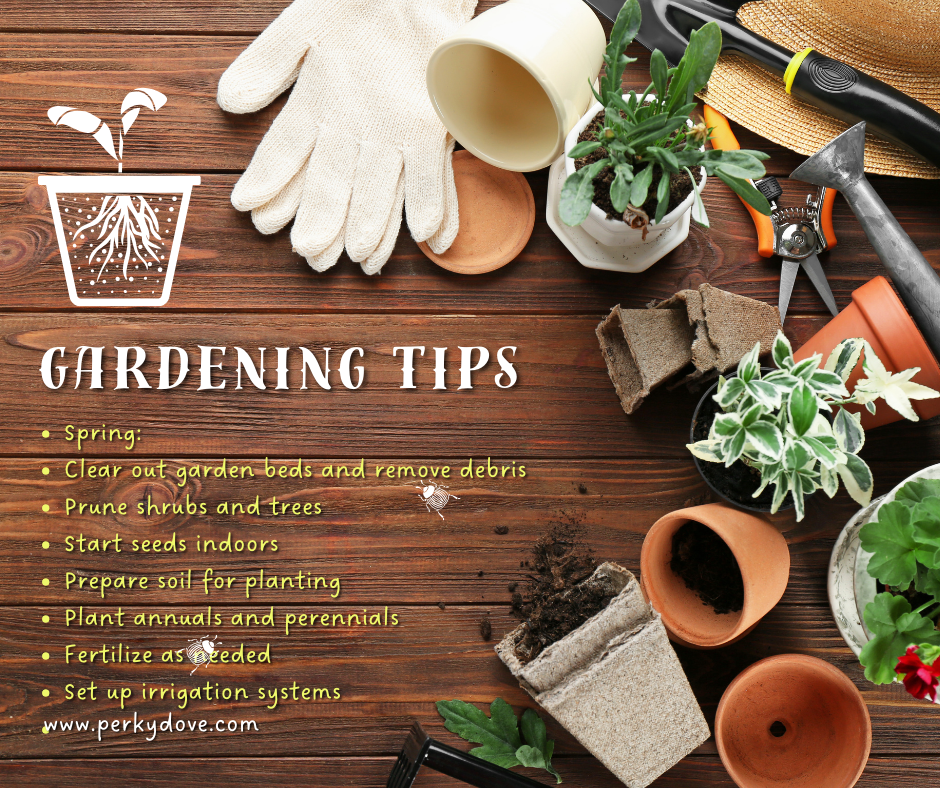
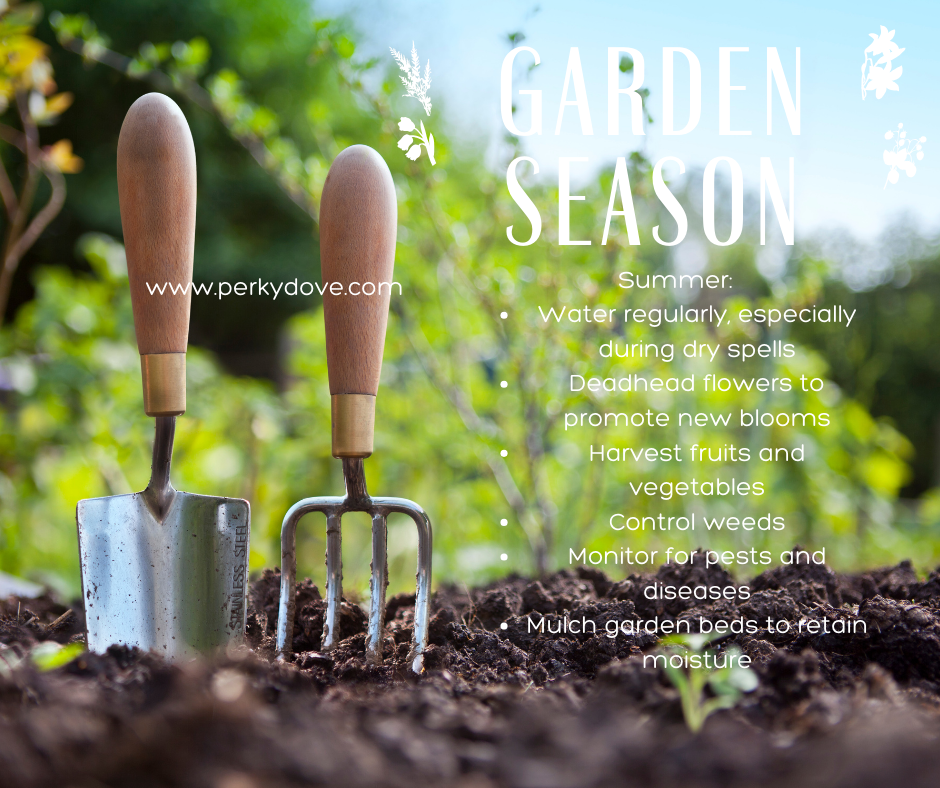
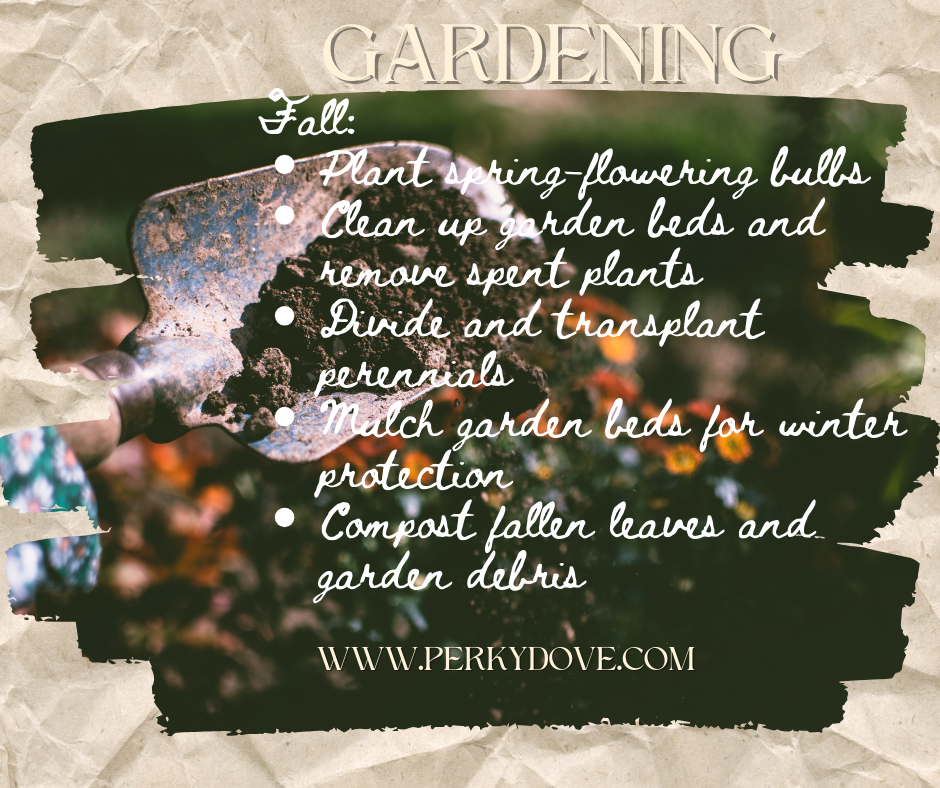
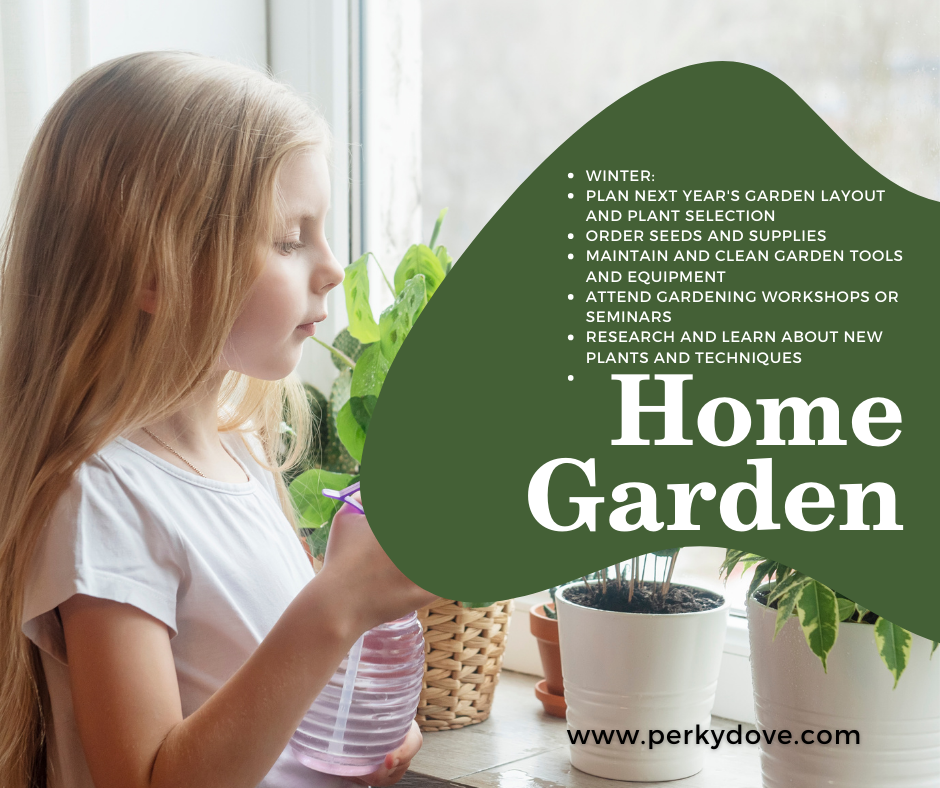
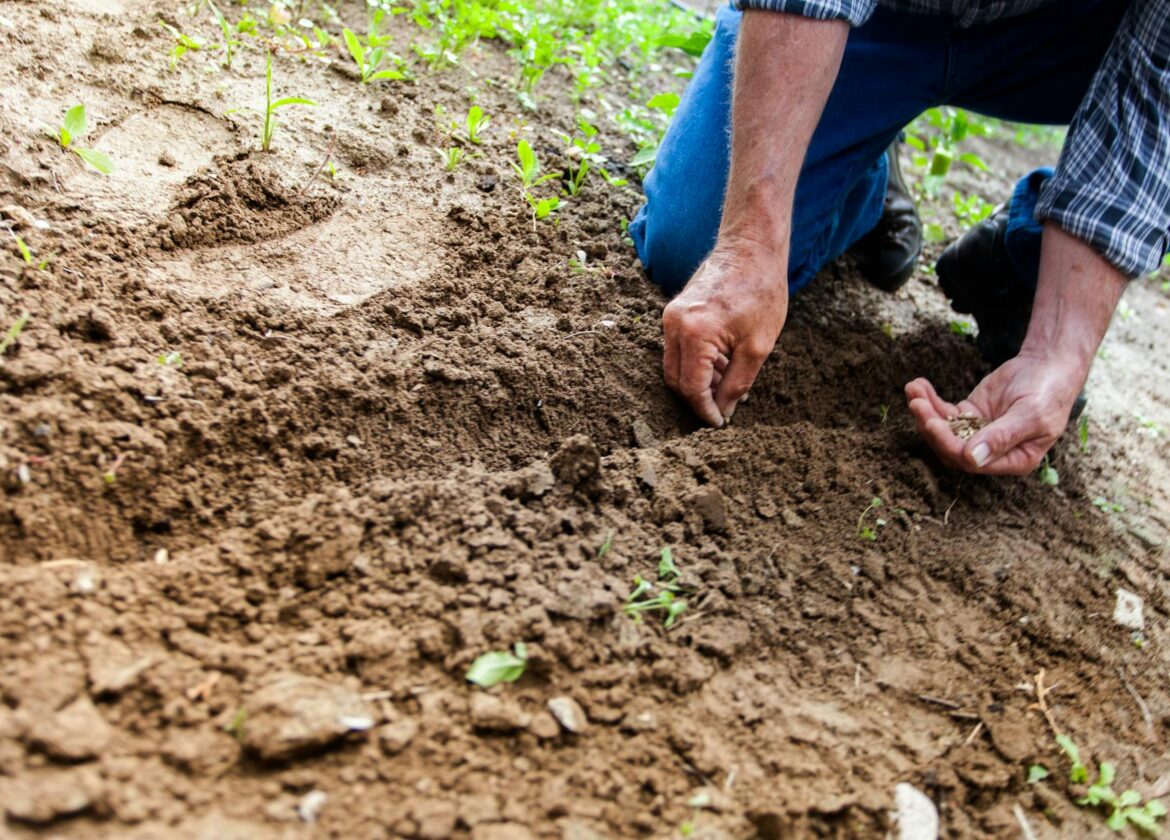


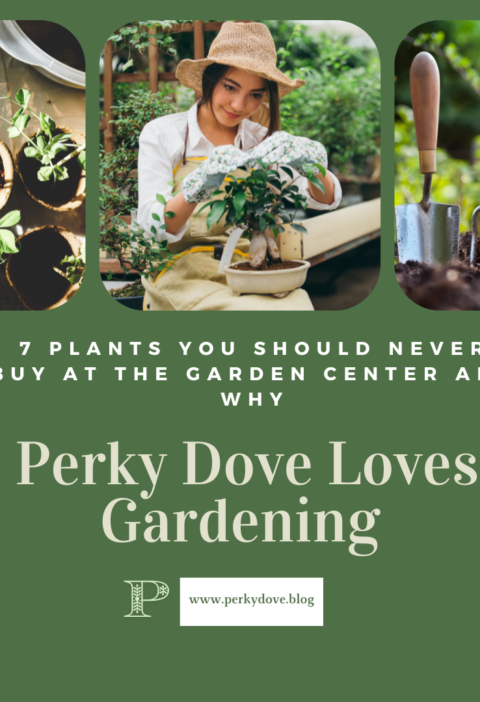
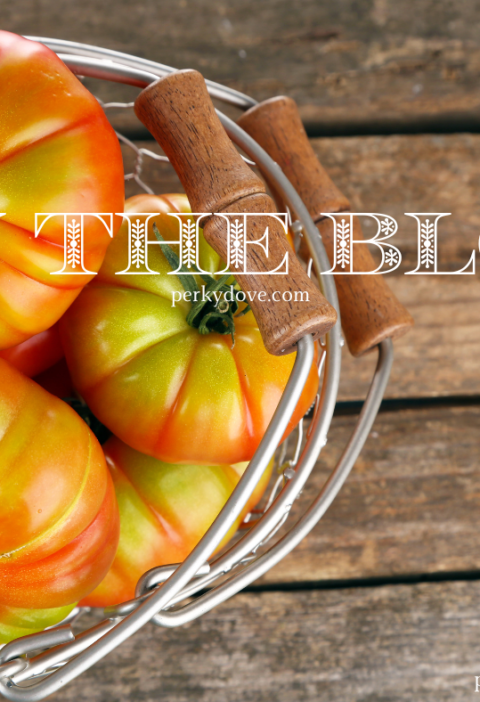
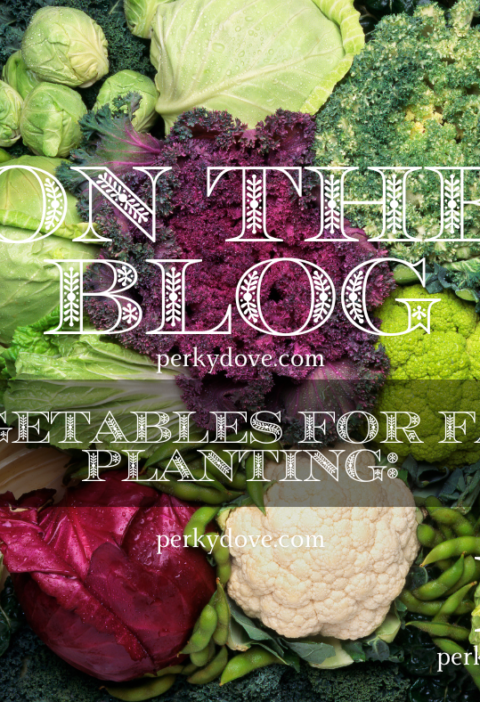
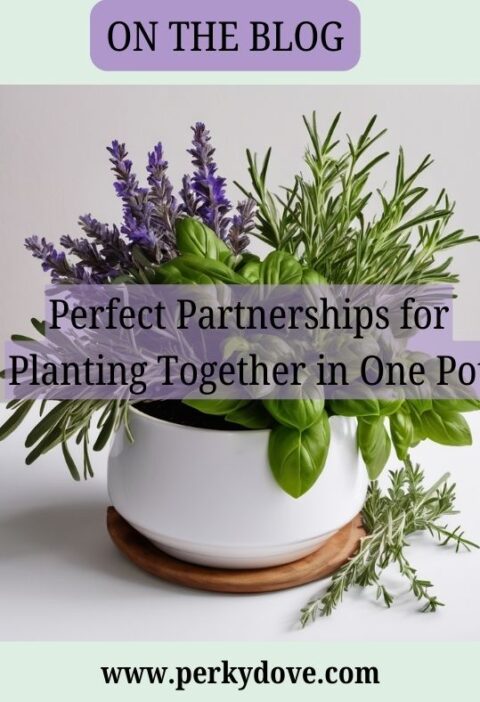
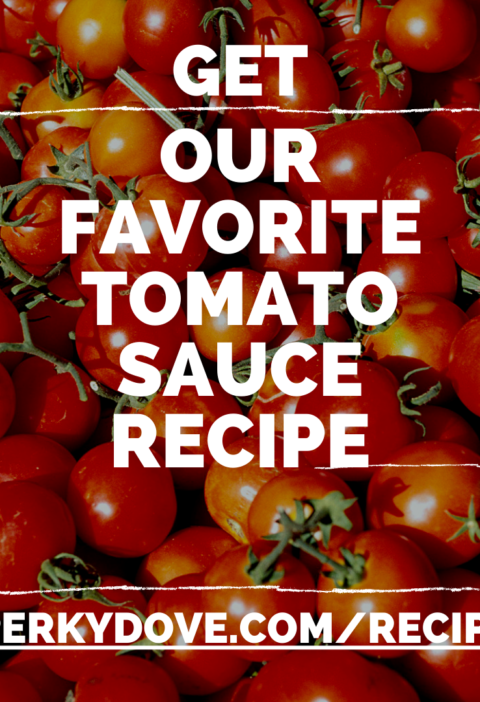
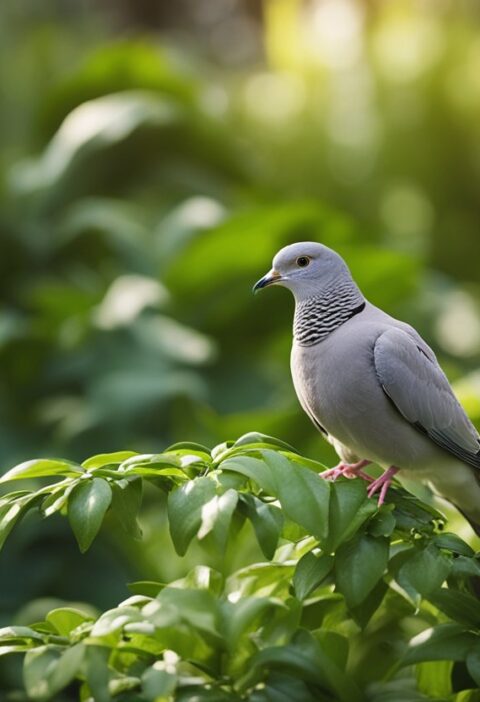
[…] start your one square-foot vegetable garden, you need to prepare the garden space properly. This is a crucial step that will determine the success of your garden. In this section, I […]
[…] is crucial for the growth and health of herbs. Here are some essential tips to keep in mind when growing herbs in your […]